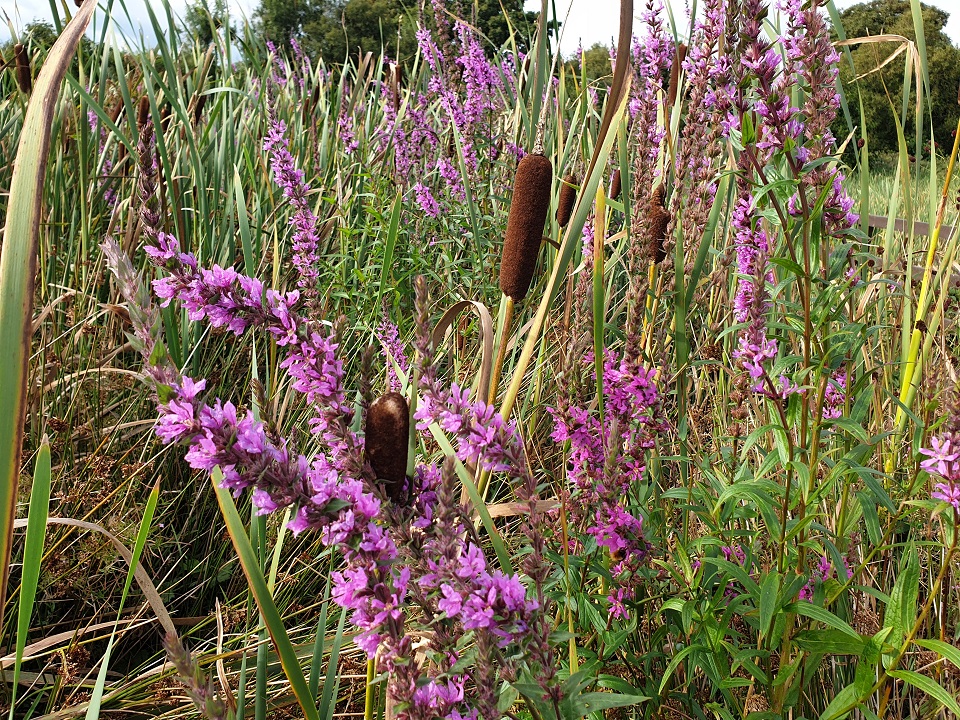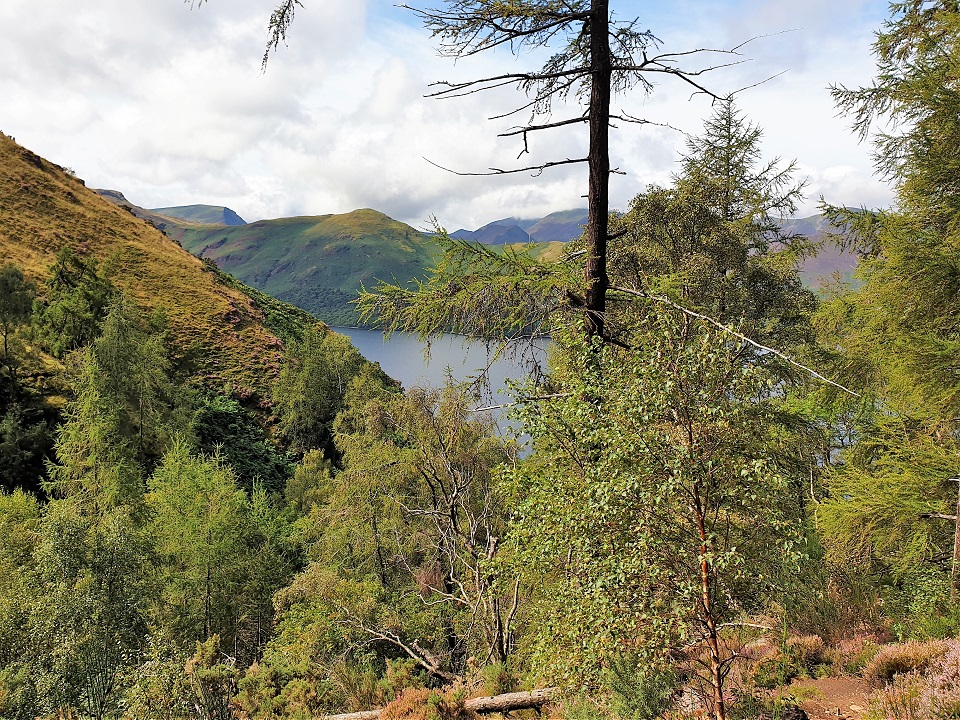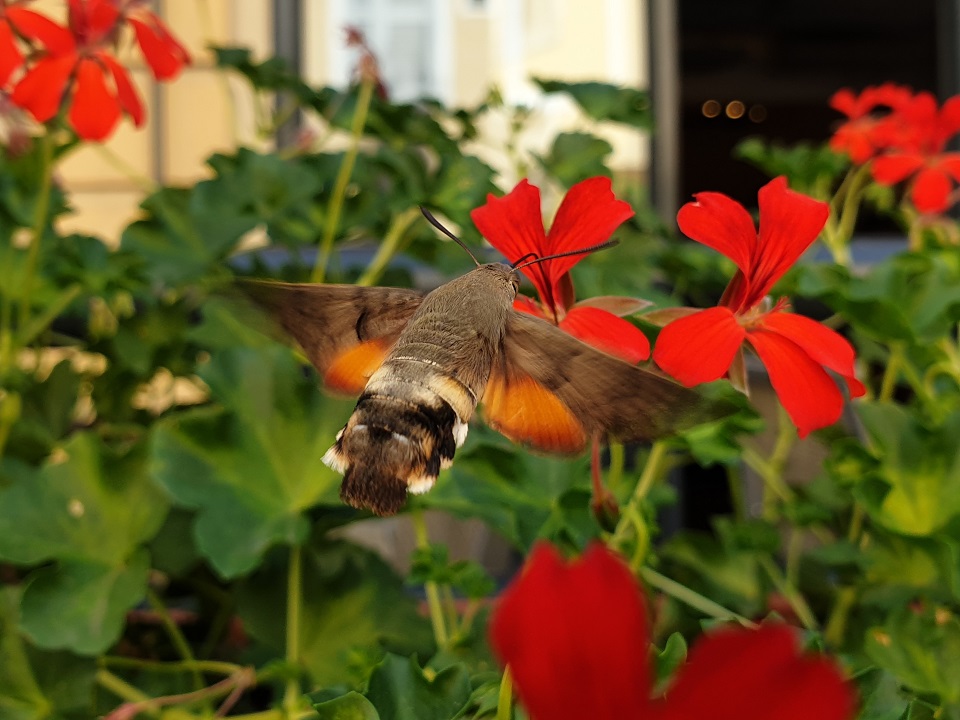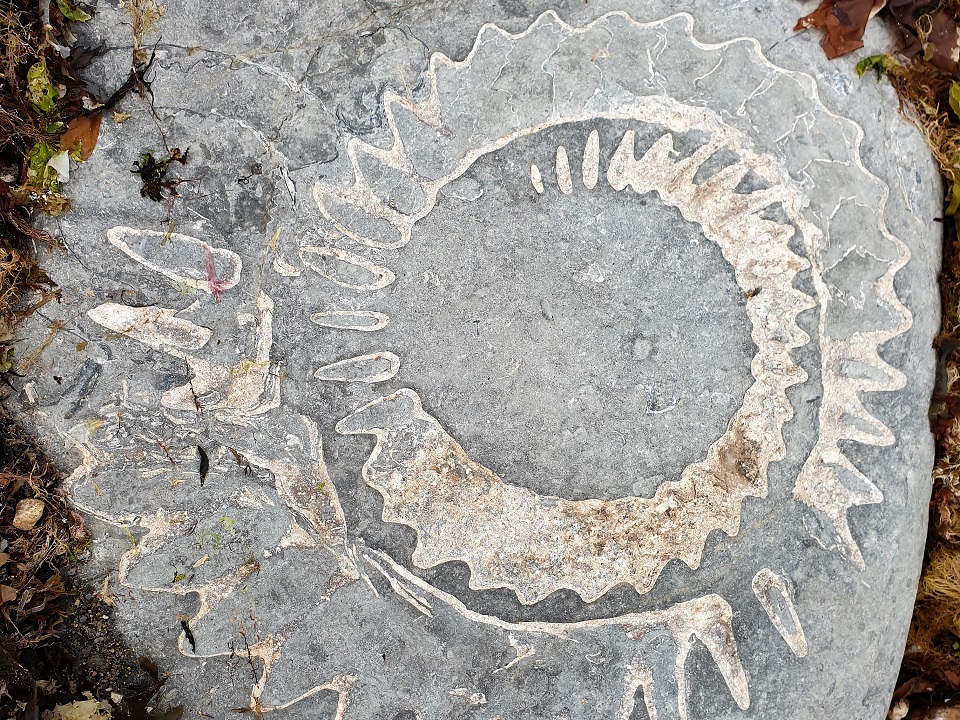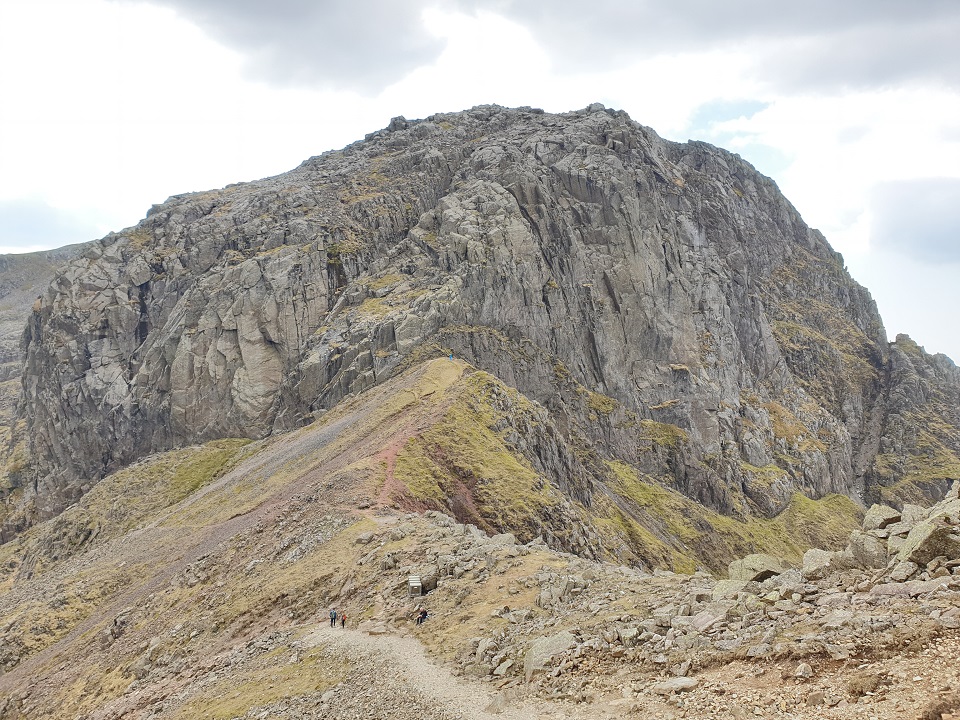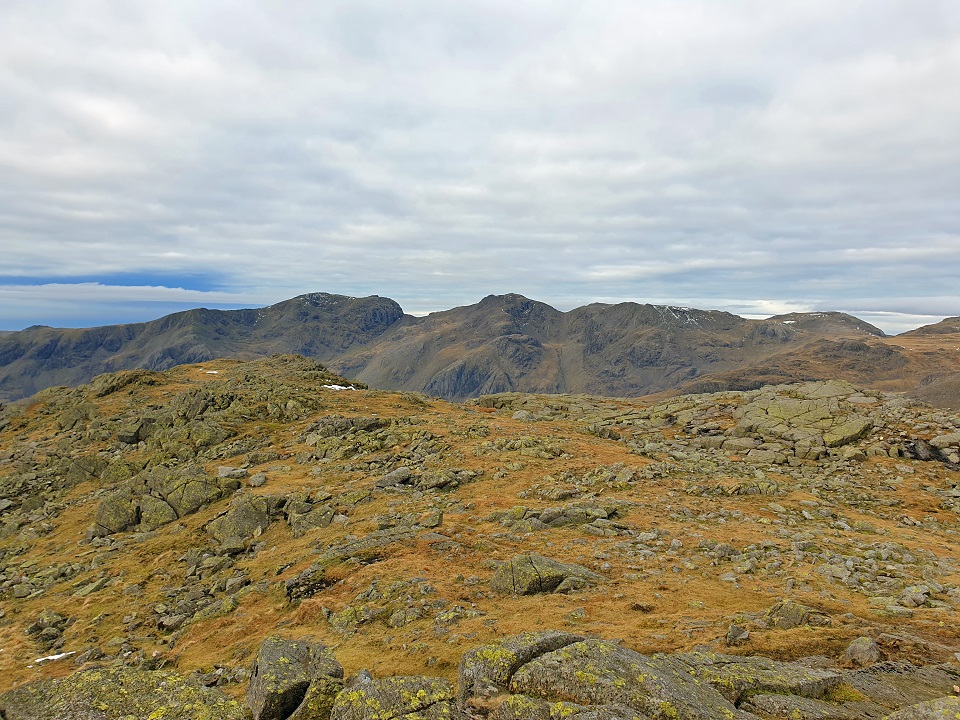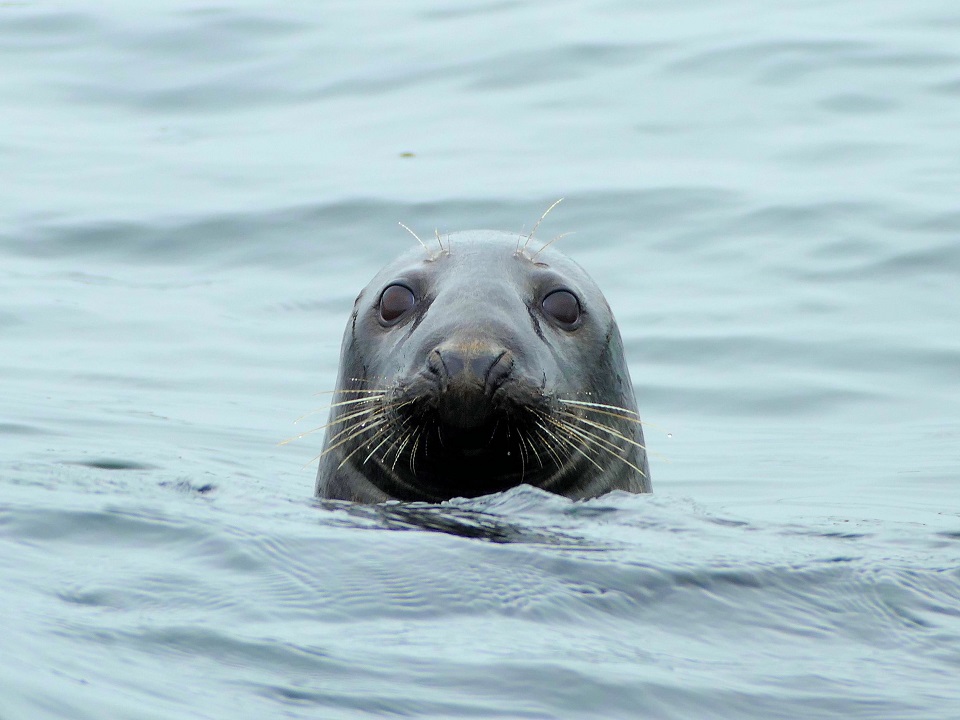Last weekend saw Steve taking two private clients out sea kayaking from Roa Island with a specific request for wildlife encounters. Paddling from Roa to Piel Island and then onto Walney Island meant we came across many birds including eider, dunlin, sanderling, curlew, sandwich terns and various gulls, though the highlight of the day was being surrounded by big atlantic grey seals which came to investigate us, nudging the boats and swimming beside us.
Atlantic grey seals (halichoerus grypus) are one of the UK’s two indigenous seal species (there are 33 species worldwide divided into 3 family groups). Greys are one of 18 species of phocid seals which are often referred to as ‘true seals’ and ‘earless seals’ on account of their lack of a prominent external pinna. Phocid seals are characterised by their slug-like appearance on land and the fact they use blubber for insulation as opposed to fur. Atlantic greys are big animals with the bulls being up to 310kg, they join together on beaches in colonies and the males compete over the females. Pups tend to be born in Autumn and Winter and have the classic white, furry weaner coat which harks back to camouflage in an Arctic past. This coat prevents them swimming effectively for the first 2 to 3 weeks of life and makes them vulnerable on the beach both to external disturbance and from adult seals – particularly if they stampede for the water when spooked by humans.
It is very important with marine mammals in general to take care when approaching them so as to not disturb them or be perceived as a threat. Steve was careful to advise his clients to stay well clear of the single mother with a young pup on the beach and to then drift and allow the inquisitive animals to approach – which they did in numbers!
If you’d like more information on seals or to engage with wildlife from your sea kayak please contact us for support. Steve is both experienced and knowledgeable and will be pleased to help you.
